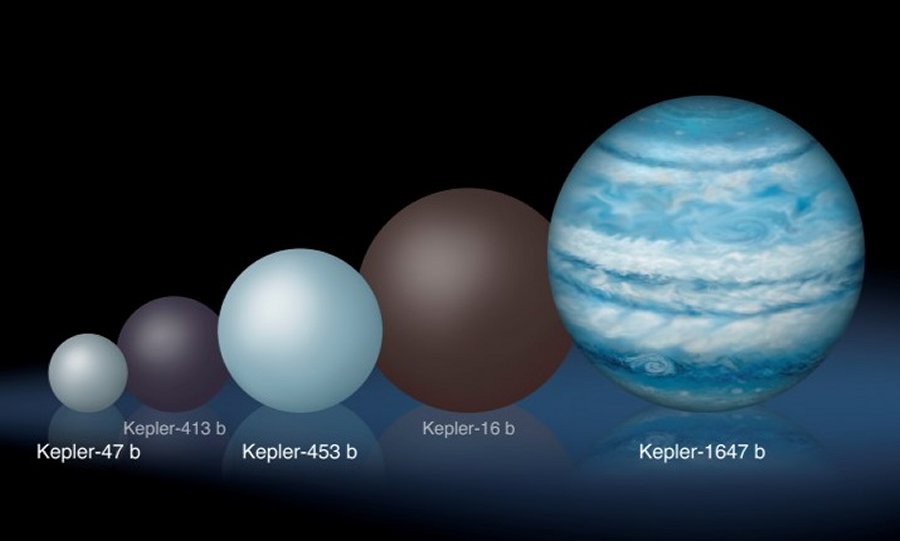MessageToEagle.com – Astronomers led by researchers from NASA’s Goddard Space Flight Centre and San Diego State University (SDSU), California used powerful Kepler Space Telescope to identify the new planet, Kepler-1647b.
The planet is 3,700 light-years away and approximately 4.4 billion years old, roughly the same age as Earth, researchers said.

The planet has a mass and radius nearly identical to that of Jupiter, making it the largest transiting circumbinary planet ever found. Planets that orbit two stars are known as circumbinary planets, or sometimes “Tatooine” planets, after Luke Skywalker’s home world in “Star Wars.”
Using Kepler data, astronomers search for slight dips in brightness that hint a planet might be passing or transiting in front of a star, blocking a tiny amount of the star’s light.
The stars are similar to the sun, with one slightly larger than our home star and the other slightly smaller.
“But finding circumbinary planets is much harder than finding planets around single stars,” said SDSU astronomer William Welsh, one of the paper’s coauthors.
“The transits are not regularly spaced in time and they can vary in duration and even depth.”

The planet takes 1,107 days – just over three years – to orbit its host stars, the longest period of any confirmed transiting exoplanet found so far. The planet is also much further away from its stars than any other circumbinary planet, breaking with the tendency for circumbinary planets to have close-in orbits.
Like Jupiter, however, Kepler-1647b is a gas giant, making the planet unlikely to host life. Yet if the planet has large moons, they could potentially be suitable for life.
“It’s a bit curious that this biggest planet took so long to confirm, since it is easier to find big planets than small ones,” said SDSU astronomer Jerome Orosz, a coauthor on the study.
“But it is because its orbital period is so long.”
Interestingly, its orbit puts the planet with in the so-called habitable zone–the range of distances from a star where liquid water might pool on the surface of an orbiting planet
“Habitability aside, Kepler-1647b is important because it is the tip of the iceberg of a theoretically predicted population of large, long-period circumbinary planets,” said Welsh.
MessageToEagle.com
References:






